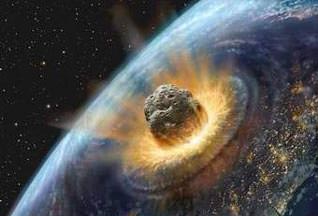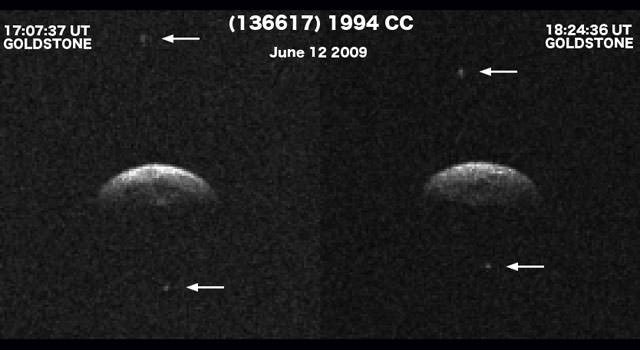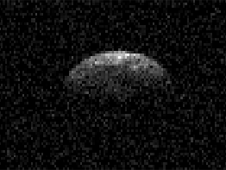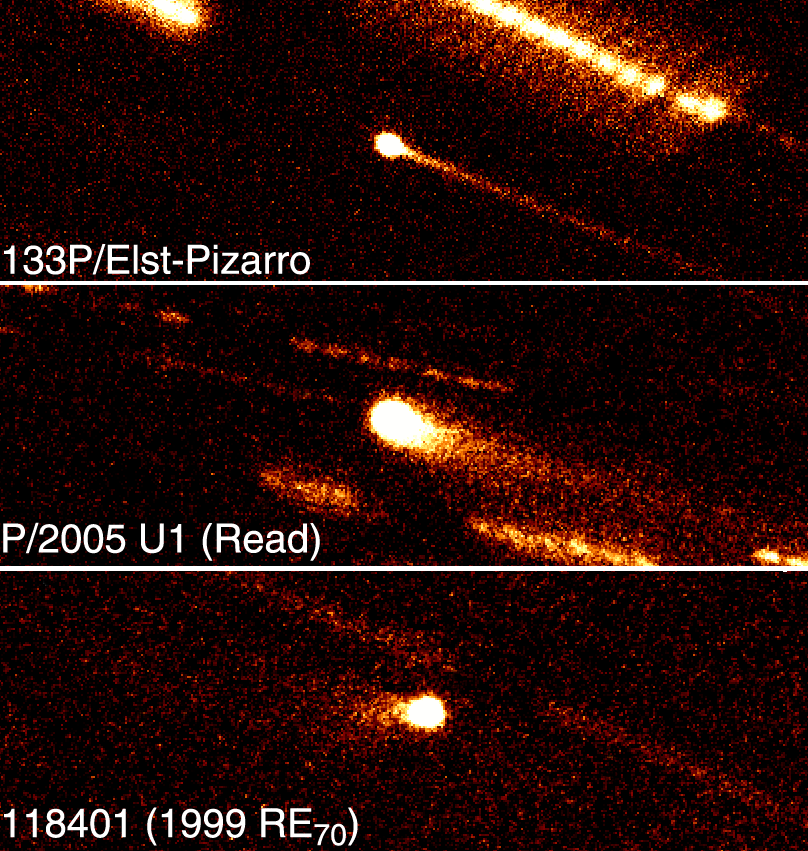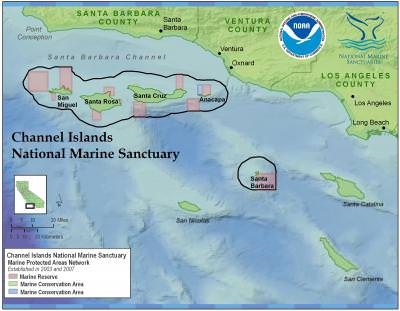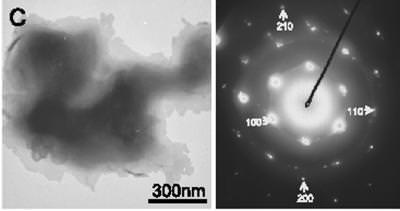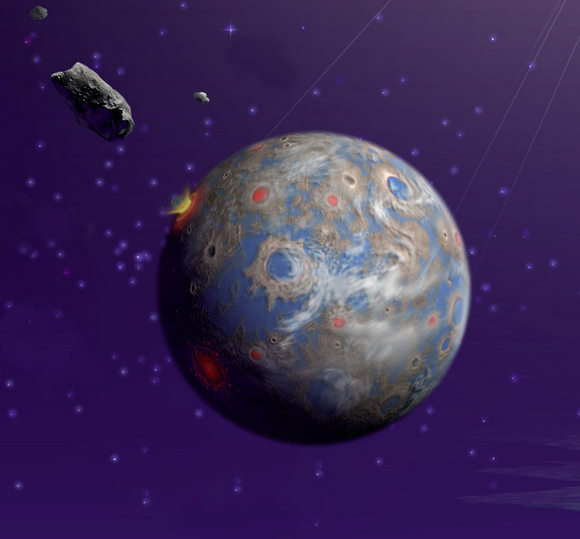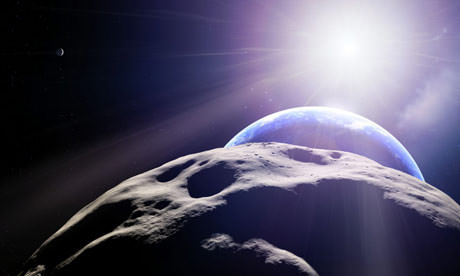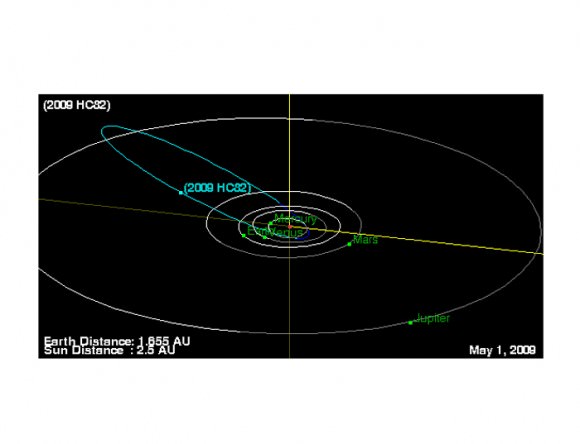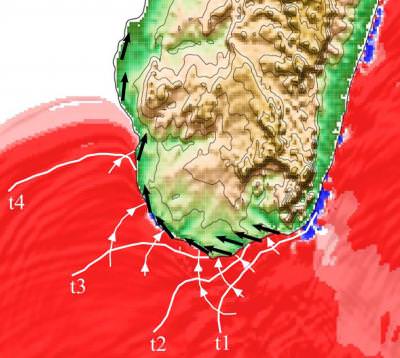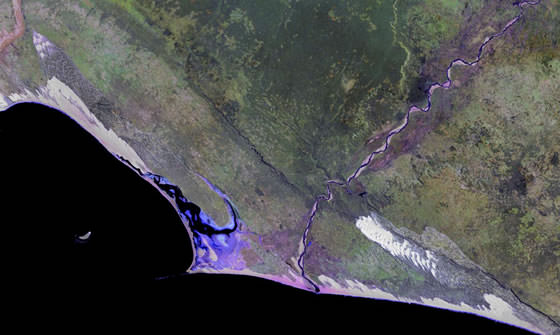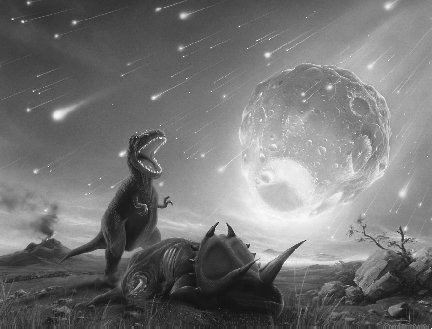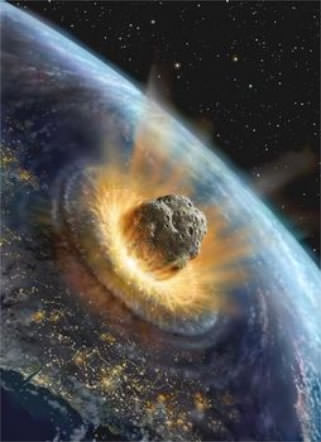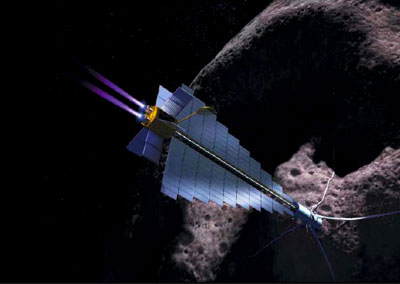In 2005, the US Congress mandated that NASA discover 90 percent of all near-Earth objects 140 meters in diameter or greater by 2020. But they forgot one minor detail: Congress or the administration did not request or appropriate any new funds to meet this objective, and with NASA’s existing budget, there is no way NASA can meet the mandated goal.
Does anyone else see a pattern here?
“For the first time, humanity has the capacity and the audacity to avoid a natural disaster,” says Irwin Shapiro of the Harvard-Smithsonian Center for Astrophysics (CfA) in Cambridge, Mass., who headed a National Research Council panel to asses NASA’s progress in reaching the asteroid detection goal . “It really is a question of how much to invest in an insurance policy for the planet.”
NASA was also directed by the Bush administration to build spacecraft to return to the Moon, and perhaps go on to Mars, but do the job (as well as complete the space station and make sure the shuttles can fly safely) with no real increase in budget.
From the report:
Currently, the U.S. government spends a relatively small amount of money funding a search and survey program to discover and track near-Earth objects, and virtually no money on studying methods of mitigating the hazards posed by such objects. Although Congress has mandated that NASA conduct this survey program and has established goals for the program, neither Congress nor the administration has sought to fund it with new appropriations. As a result, NASA has supported this activity by taking funds from other programs, while still leaving a substantial gap between the goals established by Congress and the funds needed to achieve them.
The report is available here (download the free pdf version)
But in summary, the report says that since only limited facilities are currently involved in the asteroid survey/discovery effort, NASA cannot meet the goals of the Congressional mandate on the existing budget. Instead, the three current survey efforts dedicated to the problem, supported at current levels, will likely find only about 15%.
The report also says that Harvard-Smithsonian’s Minor Planet Center is more than capable of handling the observations of the congressionally mandated survey, but there isn’t enough funds for adequate staffing.
If this is true, the facilities to do the job appear to be in place, and no new observatories need to be built or spacecraft need to be launched. How much more money would it take to hire enough people?
However, only three surveys are currently involved in the search (Catalina Sky Survey, Spacewatch and Lincoln Near Earth Asteroid Research), and the panel suggests that more telescopes and spacecraft would be beneficial to the search. Several ground-based telescopes have been proposed or are currently under development that could contribute substantially to meeting the goal established by Congress. However, none has yet been fully funded, nor principally dedicated to the NEO discovery goal.
Right now, the US is the only country that currently has an operating survey/detection program for discovering near-Earth objects. Canada and Germany are both building spacecraft that may contribute to the discovery of near-Earth objects, but neither mission will detect fainter or smaller objects than ground-based telescopes.
But the US isn’t alone in the non-funding of asteroid searches. “Virtually no international funds are spent supporting ground-based NEO surveys, and international NEO discovery efforts are largely conducted on an ad hoc, voluntary, or amateur basis. NASA is the agency that has funded more than 97 percent of the discoveries of NEOs in the last decade,” says the report.
Sources: USA Today, National Acadamies Press

